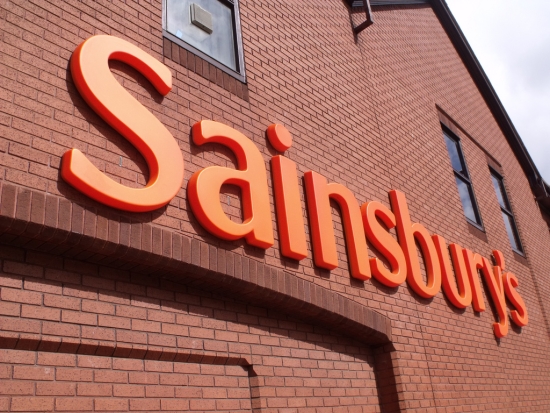Online shopping has become an integral part of the retail industry, with many consumers now choosing to do their weekly shop over the internet rather than visit their nearest supermarket. As a result, a number of the UK’s largest grocery providers have scaled back store expansions and renovations in favour of upping the level of service offered to their online consumer bases.

Sainsbury’s has now joined a wave of retailers such as Tesco and Waitrose by opening its first “dark” store – a unique warehouse which is laid out like a supermarket yet does not open its doors to the general public. Instead, a large team of staff walk round putting together orders for delivery.
The decision was cemented after Sainsbury’s released hugely successful results for the past year last week. 190,000 customers now regularly use Sainsbury’s online ordering service and this has added up to a mammoth £1 billion in annual sales for the online business alone; clearly indicating the chain’s need to remain on top of the internet boom.
Director of online, digital and cross-channel at Sainsbury’s, Jon Rudoe, believes that the new dark store will perfectly supplement the supermarket group’s existing portfolio and benefit staff and customers alike.
He says; “The site will be purpose built with the Sainsbury’s customer in mind and will support our existing store-based operation, something that will continue to be the foundation of our online grocery business.”
The store will be located in Bromley-by-Bow, east London, and is expected to measure around 85,000 square feet in floor space. Furthermore, it will have the capacity to deal with the orders of around 20,000 online customers each week by taking on 375 workers to run operations and collate orders.
Yet Sainsbury’s remains tight lipped about the opening date of this new facility, simply stating that it will be up and running within the “next few years”. With Waitrose due to open its second store later this month, and Tesco its sixth in the same timeframe, this could potentially put Sainsbury’s on the back foot at a time when it looks to be the main competitor in stealing Tesco’s “number one UK supermarket” accolade.
Internet shopping is already a large part of the retail industry and figures suggest this role is only set to grow in the coming years as smartphone and tablet apps become ever more sophisticated. This means it is now more important than ever to remain ahead of the game when it comes to consumer demand – something which Sainsbury’s may, for the first time, have slipped up on in this case.
Do you think this could possibly be Sainsbury’s Achilles Heel in the race to become the UK’s top supermarket, or do consumers still base their perceptions mainly around physical stores?
Previous Post
Asia Will Lead Office Rent Growth